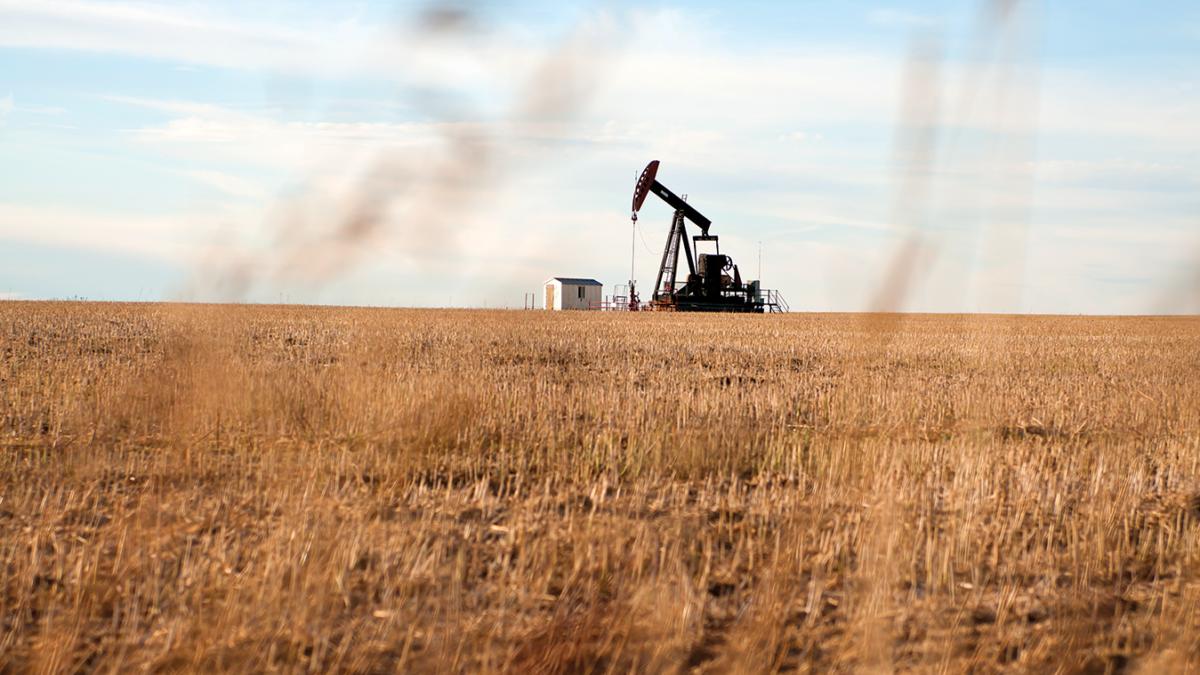Leading producer ramping up abandonment work on successful results

Canadian Natural Resources now plans to permanently dismantle 3,300 inactive oil and gas wells this year in Alberta, B.C. and Saskatchewan, an increase of 800 wells from the company’s original target.
The $45 million of new work will add about 1,500 jobs across the three provinces, according to Canadian Natural president Tim McKay.
The increase in activity is based on the success of what is called an “area-based” approach to well abandonment and reclamation, he told analysts in August. Essentially that’s when companies group together wells that need to be cleaned up based on where they are located so that work activities can focus on one area. This allows for more efficient use of resources like workers and equipment.
An inactive well is defined as one that has not been used for six months or a year, depending on the well and what it is being used for.
“Through the program, larger and neighbouring areas are addressed at the same time, which means remediation work and the restoration of land and habitat occurs more quickly,” Cenovus Energy said in its latest report on environmental, social and governance (ESG) performance.
In Alberta, “area-based closure” is a regulatory program that started in 2019. It is voluntary right now, but as of January 2022 all operators with inactive wells will have to meet annual mandatory reduction targets.
Area-based closure is an approach where companies work together to share the cost of cleaning up multiple sites in one area, the AER says. Producers and service providers plan work together using an online map portal.
The approach can provide cost savings of up to 40 per cent, according to the AER. It’s also reduced the time to receive reclamation certification by over a year, Canadian Natural says.
The AER says participating companies spent about $295 million on well closure work in 2020, a modest reduction from the $340 million spent in 2019 given that last year the program was suspended due to COVID-19. There are 66 companies participating in 2021, compared to 71 in 2020 and 61 in 2019.
The AER has set the first mandatory target for industry-wide for spending on well abandonment and closure at $422 million in 2022.
This is separate from so-called “orphan” wells being managed by Alberta’s Orphan Well Association, where work is also accelerating. Unlike an inactive well, an orphan well does not have an owner that is financially able to complete clean up and reclamation.
Last year was the biggest in the OWA’s history, “decommissioning more wells and completing more reclamation projects than ever before,” OWA executive director Lars De Pauw says in its new annual report.
The OWA, which also uses area-based processes, says it decommissioned 1,922 of nearly 3,000 orphan wells in the last fiscal year, or nearly 65 per cent of its inventory. While more orphan wells were also added to the inventory, De Pauw says OWA is confident it can make significant reductions with higher funding from industry coming in 2021/22.
OWA funding increased in 2020 due to loans from the provincial and federal governments that OWA says it has started to repay.
Share This:





 CDN NEWS |
CDN NEWS |  US NEWS
US NEWS 

































COMMENTARY: BC Energy Faces a Complicated Puzzle – Margareta Dovgal, Resource Works